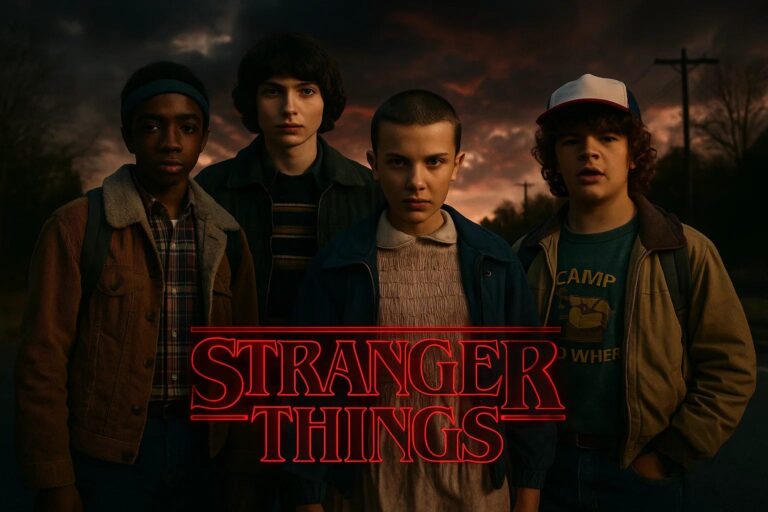With reading, it’s impossible to have read without having tasted tragic literary deaths, or experiencing some of the saddest deaths in fiction novels. Ralph Waldo Emerson’s “Of all the ways to lose someone, death is the kindest” is acceptable, irrefutably beautiful even, until it involves books with literary character deaths we never got over.
Going through a compilation of the saddest fictional characters deaths from history feels like digging an old grave all over again. Maybe everyone realizes that they do not inherently fear death, for it is just the only way to go, for things to end, but that the ideas of loss, abandonment, loneliness, emptiness, and grief weigh heavier than the weight of an existence.
That value, of a person, of something living, is often only realized in its absence. That said, cue tissues and tears!
17 Saddest Fictional Deaths From History
If the saddest fictional characters deaths from history list is one that is coveted as much as it is loathed by every reader, here’s another one to consider, in no particular order.
Knocking out the Harry Potter universe, considering both the books and their franchise, it left a venerable mark on all of us, regardless of whether we still remain ‘Potterheads’ to date or not.
1. Cedric Diggory, in Harry Potter and the Goblet of Fire by J K Rowling
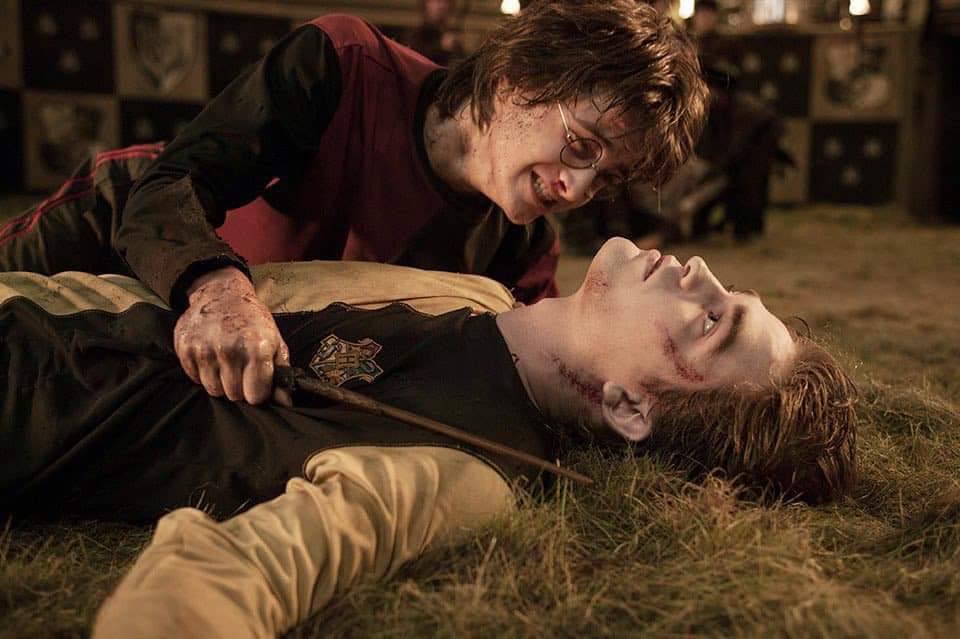
The first death in the Harry Potter series, and striking in effect as the readers are jolted into realizing the base mortality of characters, even if magic fails to save them. Given that his death, or murder, was a circumstance beyond his control, it’s difficult to overlook the grisly factors that caused it.
2. Dobby, in Harry Potter and the Deathly Hallows by J K Rowling
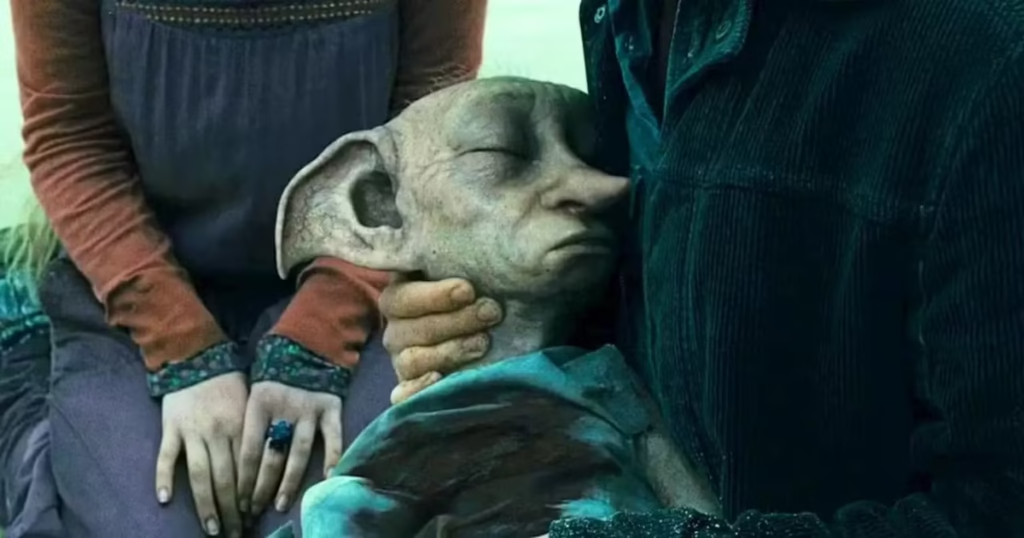
Despite being “a purely unadulterated act of spite,” thanks to Bellatrix Lestrange, it is impossible to look beyond this, especially when the need for Dobby being present at the Shell Cottage in Freshwater West was to ensure that Harry could get away to safety.
We’re left with the haunting final moment of his “Harry Potter” before he dies, that he says the same thing in the beginning, too.
3. Severus Snape, in Harry Potter and the Deathly Hallows by J K Rowling
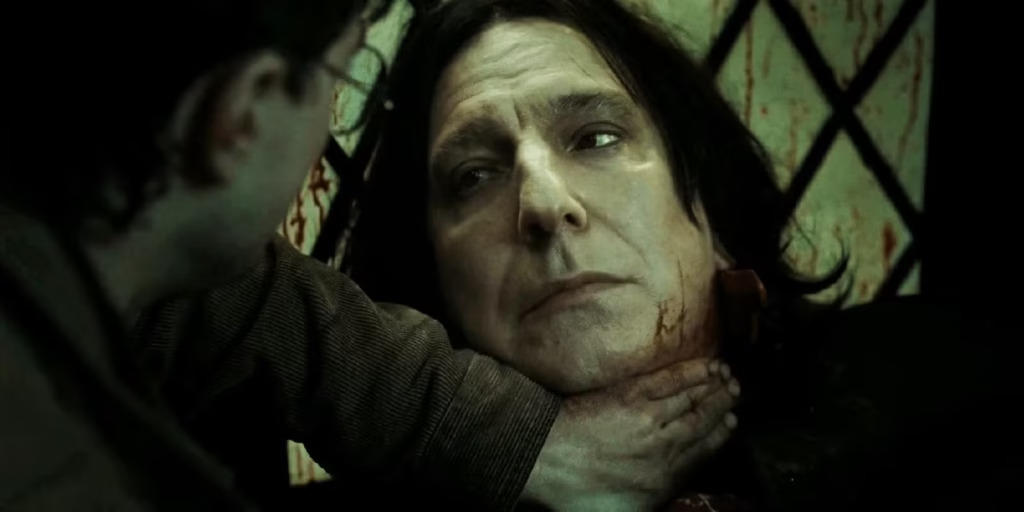
By far the greatest betrayal, Rowling’s mention of her regret in Snape’s demise does not satiate the anger of his death being a chance redemption for his guilt.
Misunderstood, painted a villain, THE saddest death in books of all time. It leaves with us the final image of how he consoled himself, he would get to look at Lily soon before he had to go.
At the Shrieking Shack, Voldemort summons Snape on the account of his mistaken assumption of Snape’s mastery of the Elder Wand; that his death would mean gaining power over the wand itself. Snape’s death brings in other considerable elements of loyalty and personal ideals, or lack thereof.
4. Fred Weasley, in Harry Potter in the Deathly Hallows by J K Rowling
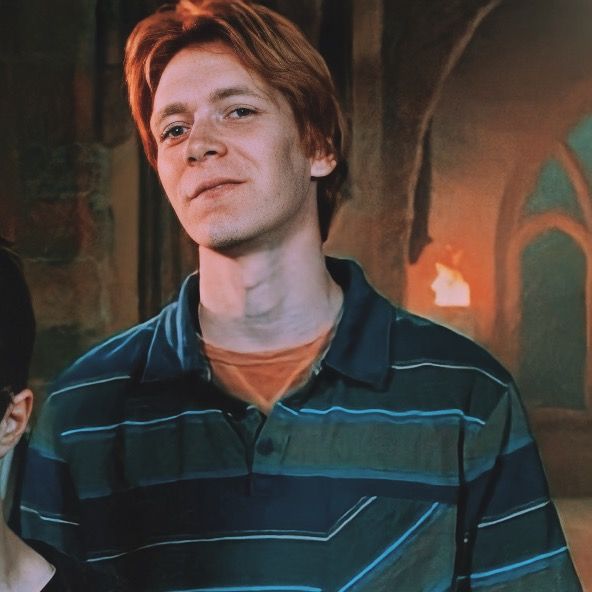
Separating a pair of twins is bad enough, but it was worse that we had to bring death into the picture. At the Battle of Hogwarts, several beloved characters were lost, among whom Fred Weasley’s death is particularly sharp. His death leaves a solid image of disbelief.
From books beyond the Harry Potter series, there still awaits a world of pain (and painful deaths). Read along and get ready to sob.
5. Algernon, in Flowers for Algernon by Daniel Keyes
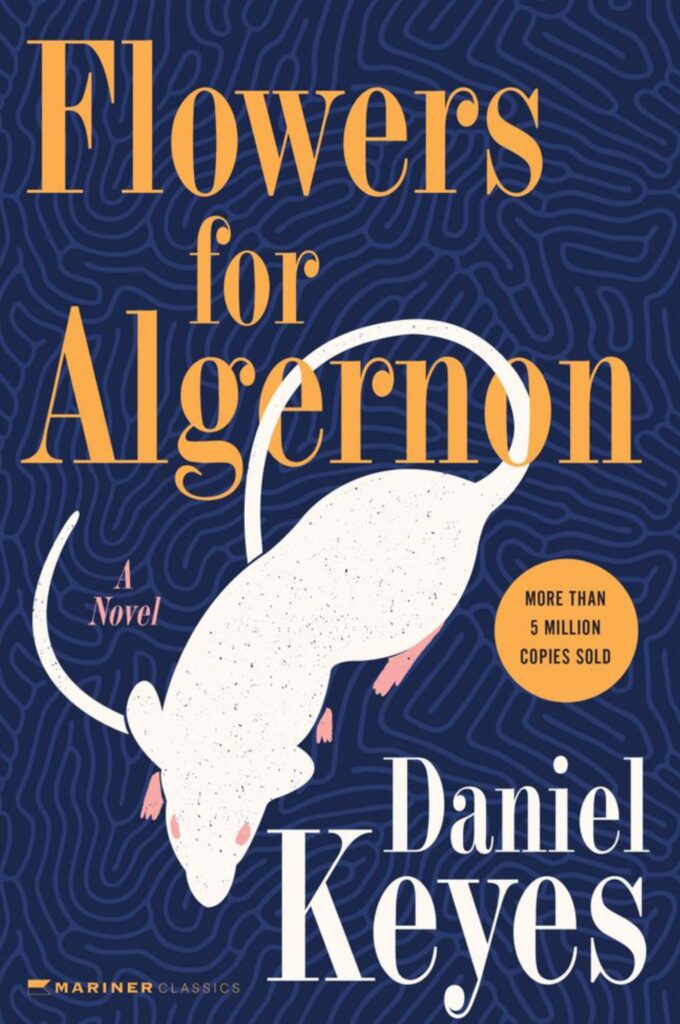
It doesn’t help that the book’s blurb explicitly states this, that we are aware of what we can expect. That experiments and lab rats are constantly something people hear of and consider in the back of their minds, but glimpsing into this world comes partly from curiosity and heartbreak. It is unfathomable, we think, to consider characters to be lively in science-heavy books, but Charlie and his love for Algernon leaves you sobbing.
6. Augustus Waters, in The Fault in Our Stars by John Green

*sniffles* Partly unexpected, because we’re so tuned into Hazel’s point of view, that we don’t see this coming until the eulogy.
That Hazel Grace is inspired by the real-life Esther Earl, a friend of John Green, who succumbed to her battle with cancer, blurs the thin lines between reality and the imitation of life in fiction. How death occurs, with or without grace, often remains in memory in how it is received, in how people who leave are remembered. And as much as it is a love story, it offers an ode to relationships and demise.
7. Bruno and Shmuel, in The Boy in the Striped Pajamas by John Boyne
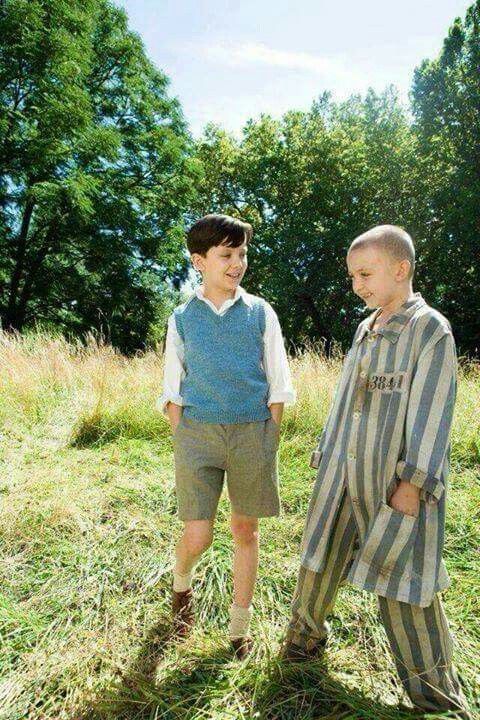
If there had to be one sad book on the Holocaust, it’s this. Devastating when it hits you that they’re only two young boys.
The thing that catches you off guard though, is the criticism the book received for the raw portrayal of innocence and naivety, as there was a claim of the impossibility of such young children being gassed immediately in concentration camps.
8. Anna Karenina, in Anna Karenina by Leo Tolstoy
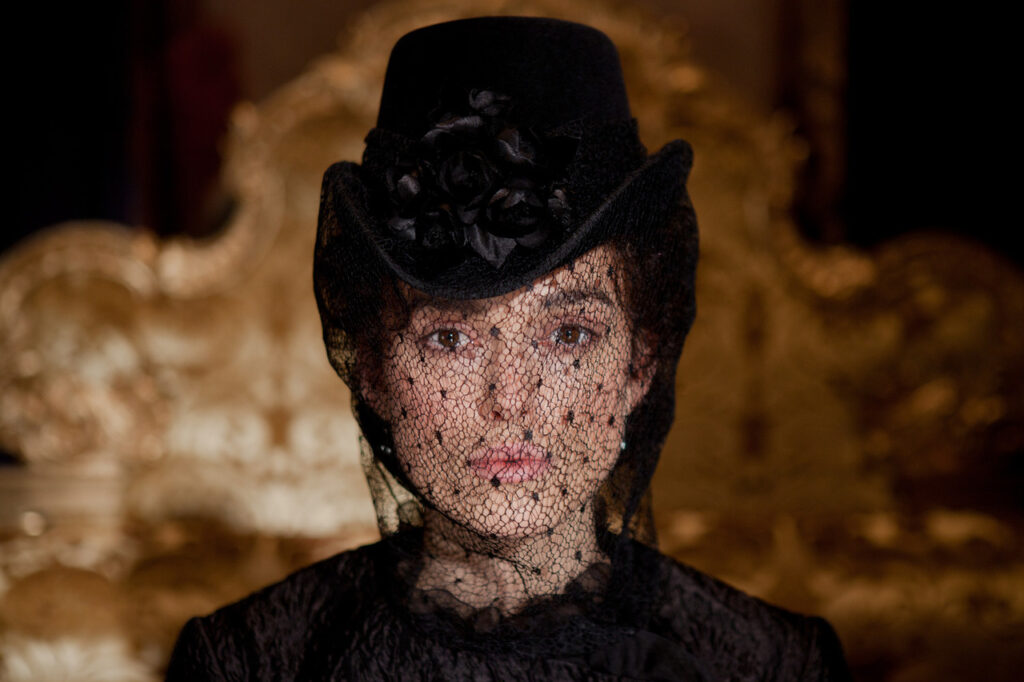
Painted as a saintly character who threw herself beneath a running train because not only did she want to escape from the world, but more importantly, she did not know who she was. She was only trying to run away from herself.
That her suicide was a true consequence of having realized her fate as a societal outcast, and of losing battles with external pressures and acceptance, shows how harsh realities clash with how much demand there is for a sort of abandonment of self.
9. Tom Robinson, in To Kill A Mockingbird by Harper Lee
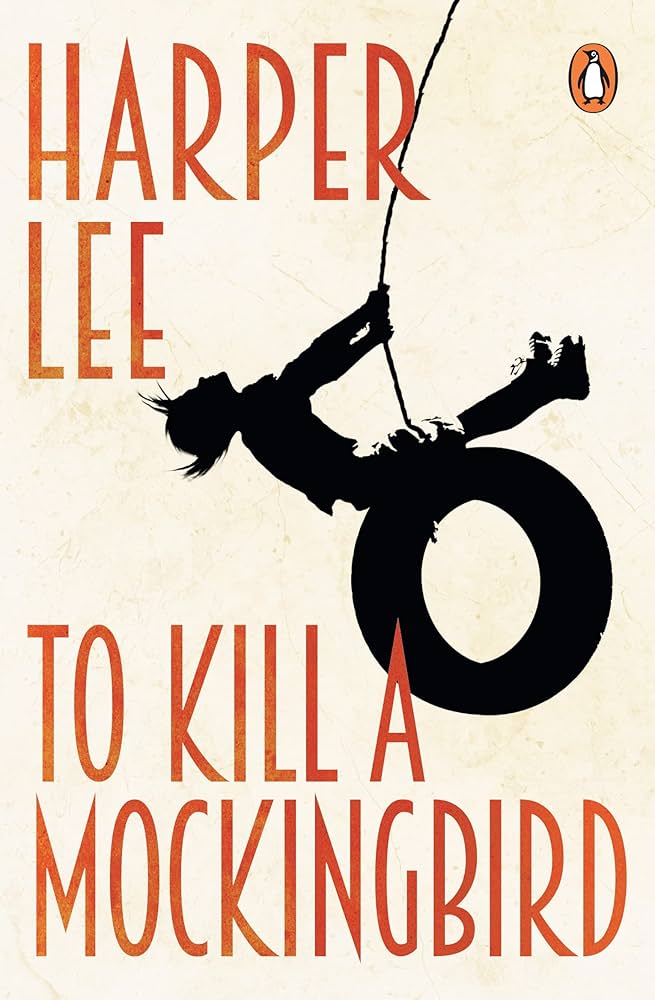
Fight-against-the-system frustrating. Apart from the racist tones since the beginning, it is hard to pinpoint what is more devastating – if it was Robinson’s desperate attempt to flee from prison, on false accusation, or if it was his execution.
More than Finch’s losing battle for proving Robinson’s innocence, his being shot for having tried to flee prison remains a stark memory for Finch. That loss that seeps into Finch and the narrative that follows is memorably haunting.
10. Beth March, in Little Women by Louisa May Alcott
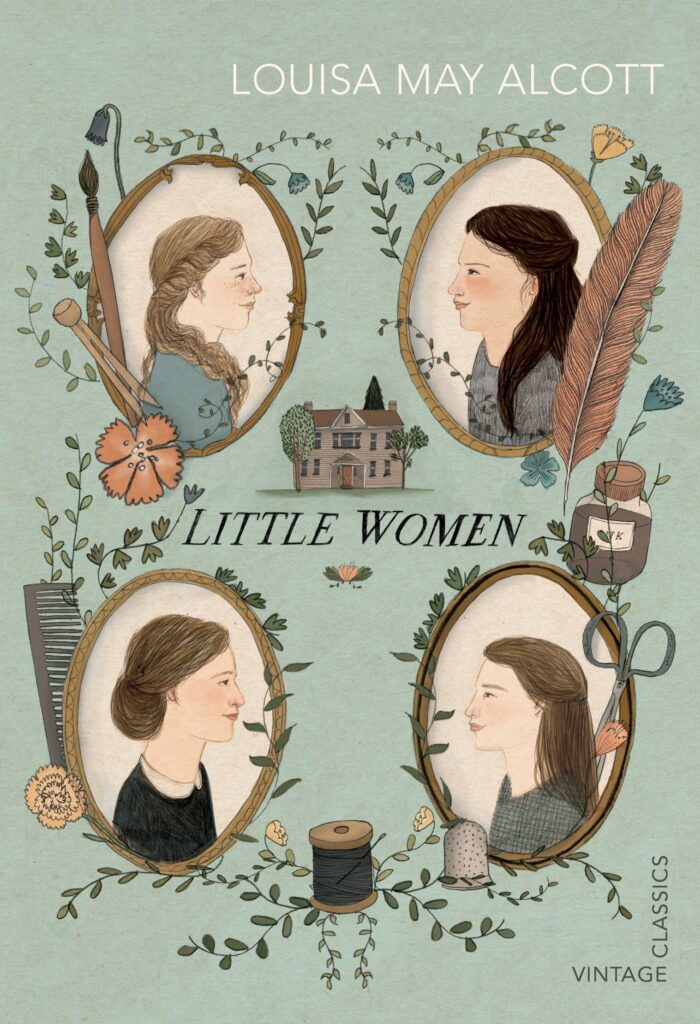
Expected to be a cozy read highlighting sisterhood, turned heavy with illness and loss. It was slow, and there was nothing Beth could do about it but to suffer.
Recovering from complications of scarlet fever (which she contracts from the Hummels) leaves her with long-term complications, marking her battle of trying and failing when she eventually succumbs to it. That she watches her life seep away from her when her sisters thrive and get to live their lives, is simply distressing.
11. Boxer, in Animal Farm by George Orwell
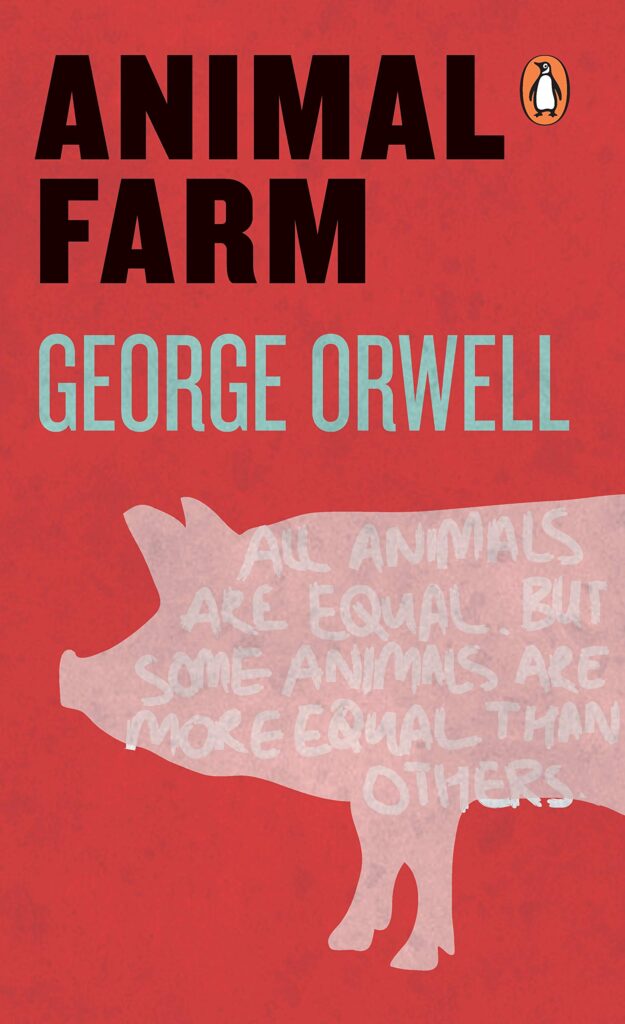
The horse, the defender, was put up for sale and then slaughtered. He ends up being exchanged for whiskey. Nothing but empty barter.
The larger, more purported explanation would be trying to accommodate Orwell’s representation of Russian communist power and the working class pitted against the ideals beyond service, of their use for resources and labour for personal benefits, and the ruthless discard of it post-use.
12. Lennie Small, in Of Mice and Men by John Steinbeck
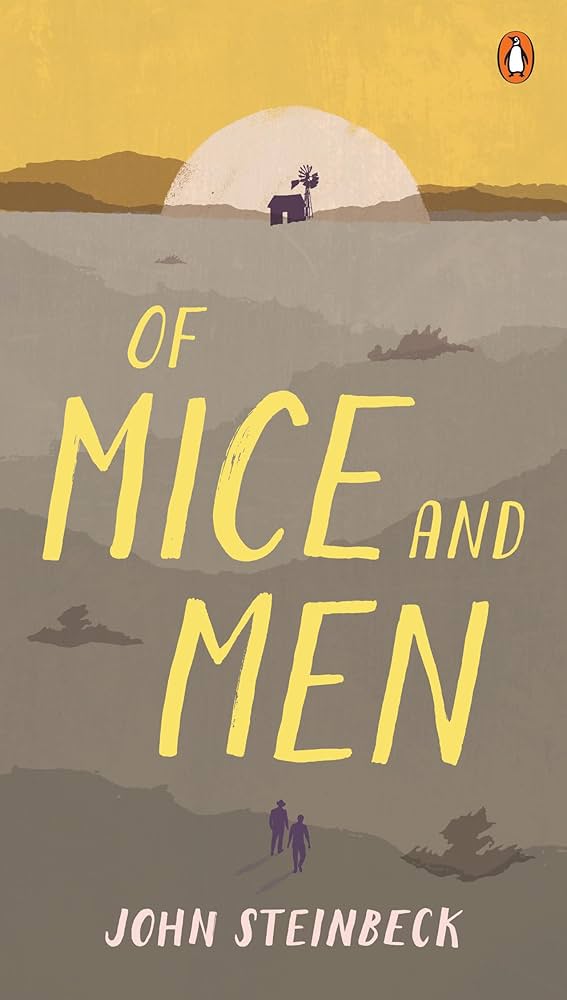
We ought to place our faith in this rather than an even worse death, but how can one come back from a friend-killing-a-friend plot?
Lennie’s killing of Curley’s wife brings to this plot an edge-of-the-seat expectation for denouement. George tries to deliver Lennie a better fate than death at his hands. To spare Lennie from the ranch workers, George succumbs to an act of mercy killing by shooting Lennie in the back of his head.
13. Anna Fitzgerald, in My Sister’s Keeper by Jodi Picoult
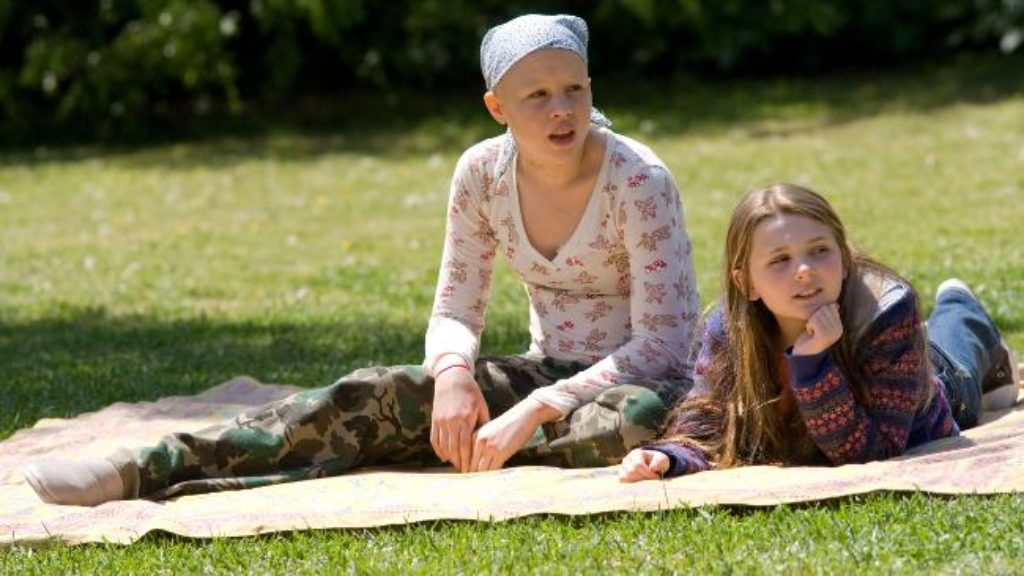
With Anna’s medical emancipation legal battle, we think we know what’s coming. We assume death for Kate Fitzgerald, who suffers from acute promyelocytic leukemia, a blood and bone marrow cancer, until we’re hit with an ending switch where we face the younger Fitzgerald’s death in a freak accident after which we are expected to live with Kate’s acceptance of Anna’s kidney to sustain life.
14. Georgie Denbrough, in IT by Stephen King
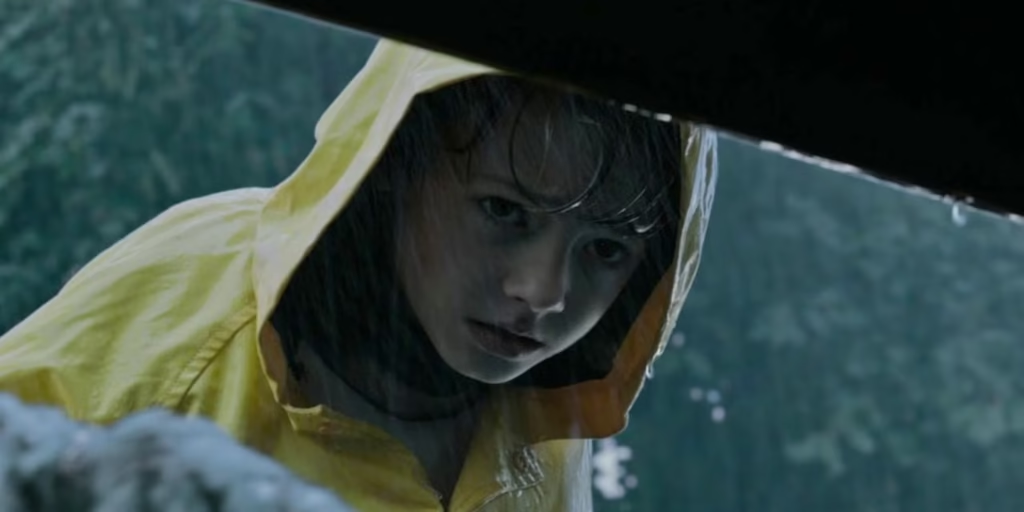
Like a little ghost, there but fading from memory constantly, Georgie doesn’t really appear all that much; his interaction at the very beginning of the book leaves a hollow haunting you can never stop thinking of. The monster reaching out, biting his arm off, and leaving him to bleed to death happens quickly, but the resonance of loss rings throughout the story and especially during his older brother, Bill’s, narrative.
Georgie appears like a little ghost, fading from memory constantly. His appearance at the beginning brings shock. The monster reaching out to bite off his arm and leaving him in the rain is haunting. Though brief, the resonance of his loss rings throughout the story. This is even more evident in his older brother, Bill Denbrough’s, narrative.
His death becomes a catalyst as it sets the tone for the precedence of the Losers’ Club and the events that follow in Derry and further.
15. Newt, in The Maze Runner series by James Dashner
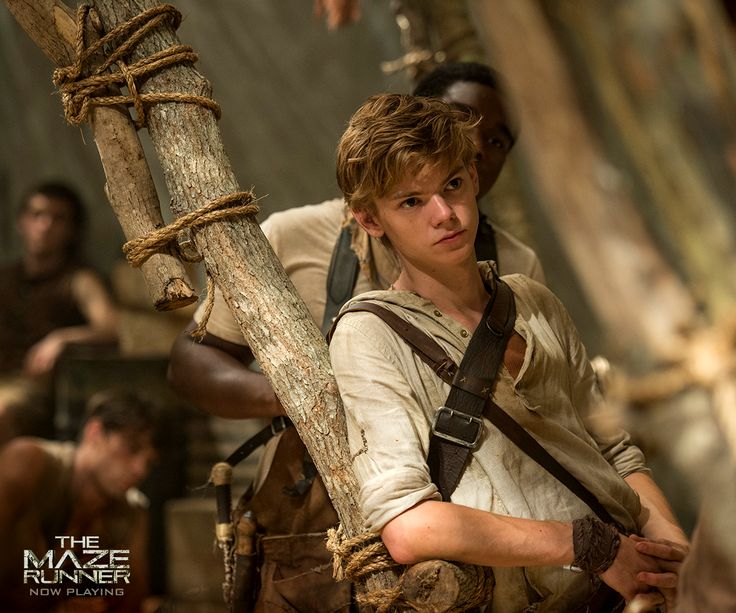
If death in the Maze Runner series feels self-sacrificial, you begin to question the weight of the dystopian world the characters bear. That it felt unfair that Newt had such a slow death, slipping into insanity while being fully aware of what was happening to him, of having to go into isolation for the benefit of other people, is an understatement.
The prequel, The Kill Order, brings more insight of realizing how dystopian settings often aren’t kind to side characters, especially Newt of how it was a ploy in experimentation, and the most horrible way of the portrayal of Darwin’s ‘survival of the fittest’ theory, when some characters did not get a fighting chance to begin with.
The weight that dystopian world characters bear is heavy. This is felt on-loop when you consider deaths in The Maze Runner. It is an understatement to admit Newt’s death: succumbing to insanity and forced into isolation (for the sake of others). There is more insight to this in the prequel, The Kill Order. Though there is no justification, there is clarity in how dystopian worlds are not kind to side characters. Originally a ploy in experimentation, imagined reality feels harsher somehow. Especially when some characters do not have a chance to begin with.
16. The Little Prince, in The Little Prince by Antoine de Saint-Exupéry
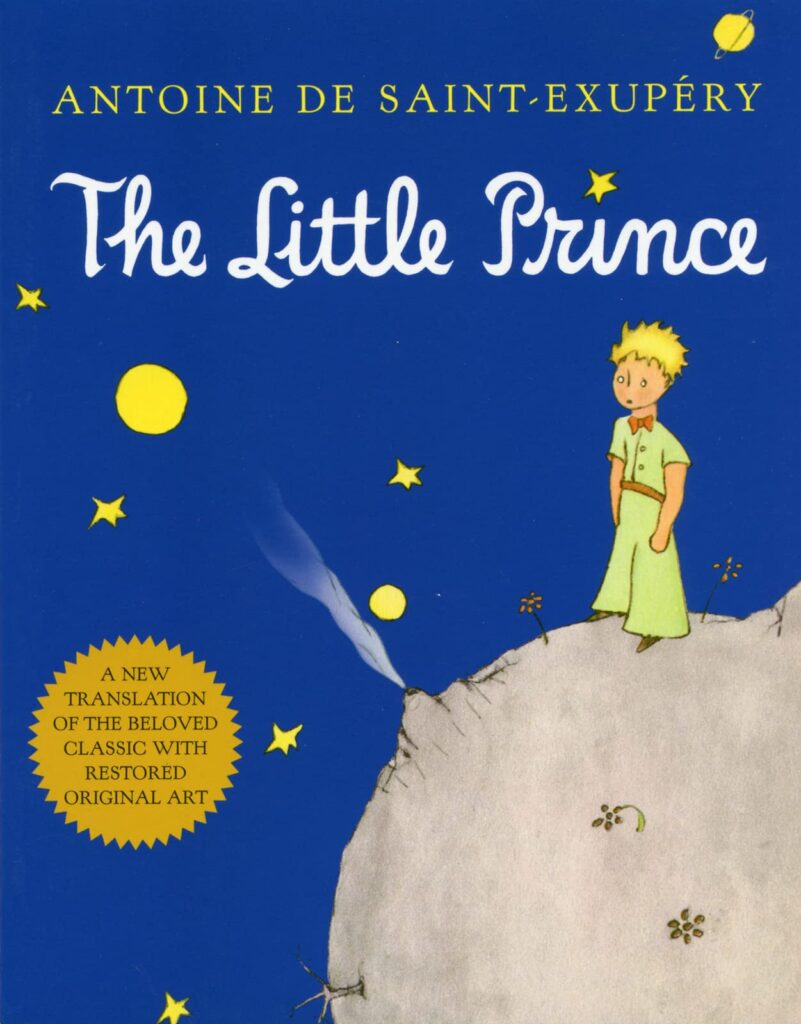
Simply too good for this world. His too-wise intelligence makes you realize his innocence too. He felt like a character who was so far away, so distanced, so lonely all the time.
Even as a symbolic way to return to his planet (after having been bitten by a snake), the deliberateness of such a choice is baffling to assume from a child’s point of view. This is hands down now of the best books to get back into reading.
17. Jude St. Francis, in A Little Life by Hanya Yanagihara
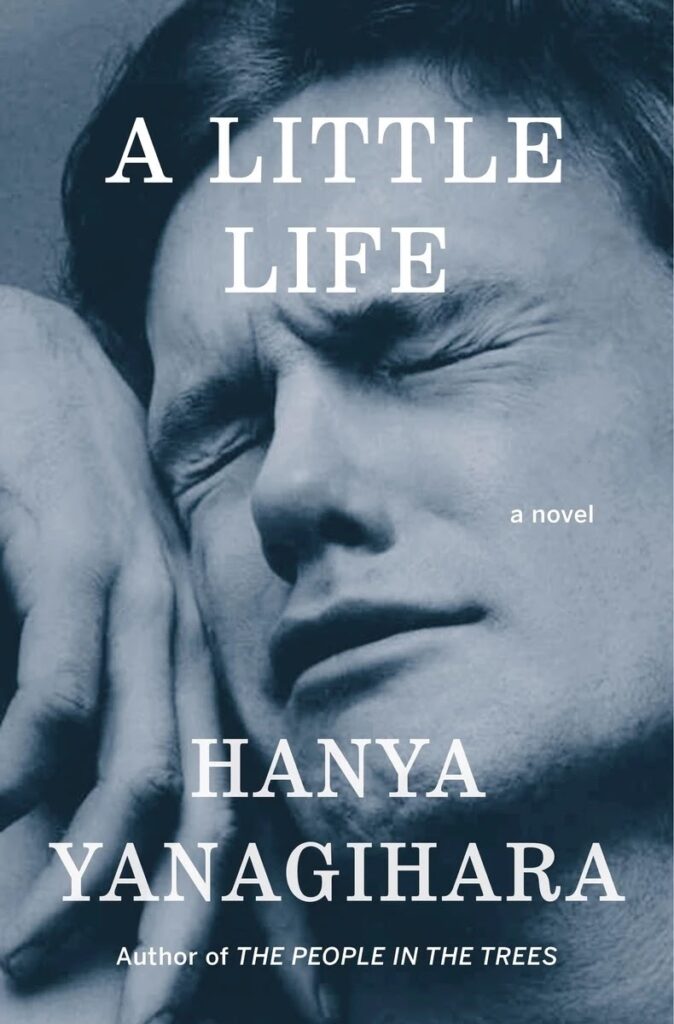
As if the injustice done to him was not enough, having to accommodate his reality rewriting itself after every tragedy was the worst. Exceedingly so, there was slow plot development at times, when it felt like you just wanted things for him to end so he could, at least, be at peace that way.
Slow plot development is a good tool. Only not when you desperately want respite for a character. There were moments when readers had had enough. They wanted things to end for Jude so he could finally be at peace. Apart from the inherent debilitating mental trauma that stands out from the beginning, his character is so lonely even in a room full of people who love him (and vice versa). Willem’s demise was shocking and had me sobbing pitifully.
Apart from the gradual acceptance of reality and the inevitability of death, there is little room to argue the truth: it is a reasonable proof of sustenance for subject matter to be divulged in.
Consider having to market “sad death stories.” Appealing to emotions does not get any more difficult than clarifying a sense of reality through fiction. By establishing necessity, even the most beloved characters can be given up to death.
Books with sad deaths and heartbreaking demises are what death-ly lessons and ugly tears look like on paper. Think stories with even side-characters that leave us feeling emotionally devastated. The saddest fictional character deaths from history open avenues to experience grief in catharsis. It hits hard because although we re-learn lessons on life, it is unexpected.
Though it is not practical to expect readers to pick up books that scream “sad death stories,” appealing to emotions doesn’t get any more difficult than the grisly act of having to market books about death and dying or dead fictional characters in the most humane way possible: by clarifying a sense of reality.
If the craft is well-respected, even the most beloved character’s death will be a grand spectacle. The catch here lies in its reason, of establishing clearly the necessity of it. Then, death and dying don’t feel as scary as losing someone or something precious.
What death-ly lessons and ugly tears look like on paper, at least those that made it to the saddest fictional characters deaths from history list often have one thing in common – emotional appeal.
Books with sad deaths often open avenues to experience grief in catharsis, literally or figuratively, by giving us quiet rooms to sit with the loud discomfort of losing someone who deserved more than heartbreaking demises.
If dying is the final act of a beloved character, then it is easier to remember all that they’d stood for in a single moment; that even some of the worst side-characters leave us feeling emotionally devastated because they reinforce the only answers one can expect for the heavy question of what it means to live. It hits hard because we re-learn what it means to be human, but what we most dislike is being caught in it unexpected.
Conclusion
As if there aren’t enough saddest character deaths in books, some authors are bold enough to produce works where the main character dies. We read because we’re hungry to know, and to fill a void. Making it through that list feels stomach-churningly sordid, but it reminds us of just how easy it is to bring to life beloved characters and just how much they mean to us.
Fans and readers mourning saddest fictional characters deaths from history stem from narratives steeped in empathy. And yet, we ask if we don’t deserve more than this?
In a different light, they show us what it is to live with such grief, that we don’t get to choose what we carry, or who we leave behind, but that we can take control over how we wish to remember them and continue to keep them alive, in memory and beyond. Growth may not be linear, but it can be constant, like change. With what we fear, we know we’ve loved. Alas, what we get is to accommodate death being the kindest way to let go of someone.


